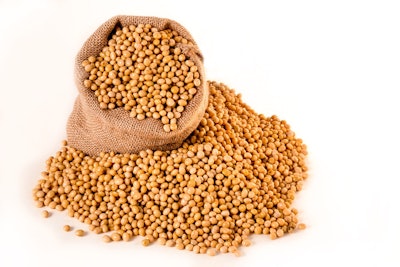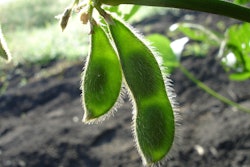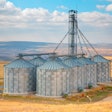
US Crop Condition & Progress Recap as of July 4
Corn conditions came in at 64% good to excellent, unchanged versus a week ago; 10% of the crop was silking versus the average at 14%.
Soybean conditions slipped one point to 59% good to excellent; 29% of the crop was blooming versus the 24% average; 3% was setting pods.
Winter wheat harvest was 45% complete, trailing the average at 53%.
Spring wheat was 69% headed versus the 62% average; the percent of the crop rated poor to very poor increased from 39% to 50%.
大麦条件也下滑了22%的作物p rated good to excellent versus 31% the previous week and 73% last year.
Oat conditions were down on the week as well from 37% good to excellent last week to 34% this week.
Cotton was rated 52% good to excellent, unchanged from last week, and remains above the five and ten year averages.
FBN’sTake OnWhat It Means:Some areas of the US Corn Belt are facing above-average conditions, but the Northern Plains continue to show poor conditions overall. The extended forecast calls for much of the same weather pattern that has been present - dry and hot conditions for the Northern Plains. This is a plus for prices but also remember that other areas are set to have above-trend yields for now.

China Increases Corn Planting
Chinese farmers have sharply increased corn planting this year to take advantage of higher prices fuelled by increased feed demand.
The expansion of corn area, which comes mainly at the expense of soybeans and other crops, could increase production in 2021/22 by at least 6%.
Analyst JCI has forecast an increase of 14.9 million tonnes to 253.9 million tonnes, which would be the largest crop in four years.
Based on surveys among participants including farmers and seed sellers, JCI estimates corn acreage expanding by 3.9% to 42 million hectares.
The survey is inline with the China National Grains & Oils Information Center forecast of 3.96% and 4.9% increases in acreage and output respectively.
Record corn prices last year outstripped international prices by so much that importers could still import corn, pay the full tariff and make a profit.
FBN’sTake OnWhat It Means:Key exporters in the US and Ukraine have benefited from China's corn import surge over the last year. However, due to fears of food inflation, China has returned to a policy of supporting corn planting in key grain areas, and the question will be whether import expectations need to be adjusted. Taking into account known and “unknown” sales and expected issue of a new tariff quota of 7 million tonnes, the current USDA forecast of 26 million tonnes is probably adequate for now.
FBN Market Advisoryservices are offered by FBN BR LLC, dba FBN Brokerage, FBN BR and FBN Market Advisory (NFA ID: 0508695)
The risk of trading futures and options can be substantial and may not be suitable for all investors. Past performance is not necessarily indicative of future results.
This is not an offer or solicitation in any jurisdiction where we are not authorized to do business or where such offer or solicitation would be contrary to the local laws and regulations of that jurisdiction, including, but not limited to, persons residing in Australia and Canada.



















